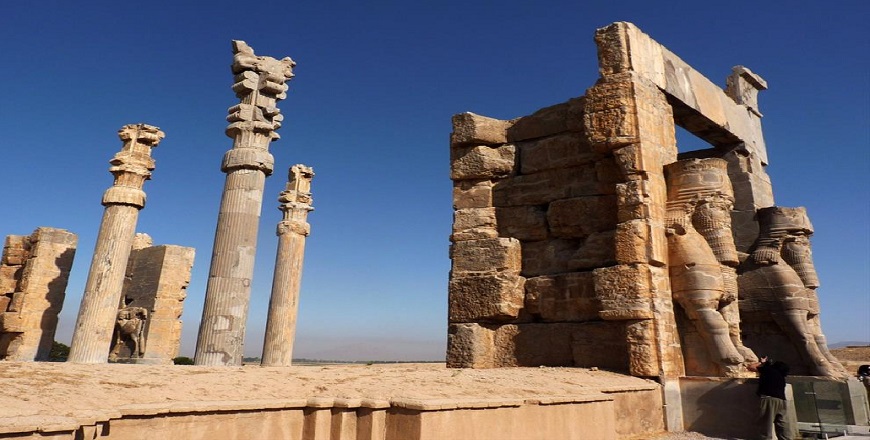

Gradual Decline
The Achaemenid empire was to survive for more than 130 years after the death of Xerxes (Khashayar) before it was conquered by Alexander. But although the empire remained unrivalled in its vastness and power it had already passed its peak and was never to attain the glory that its founders had brought to it. The rest of Achaemenid rule was generally distinguished by court intrigues, assassinations and struggles for succession, with frequent rebellions often in more than one province at once. There was a last minute revival under Artaxerxes III, but foundations had already been weakened beyond repair.
Philp of Macedon had gathered a strong army when he fell victim to assassination. His successor, his young son Alexander, led an army of 40,000 men who met no resistance and liberated Persia’s Greek colonies. The first clash came at Granicus, where Persians were defeated. Darius III had not taken Alexander seriously at first, but then led a large army and met him at Issus, where Alexander again defeated the Persian army, capturing Syria and being welcomed by Egypt. When Darius III’ peace offerings were rejected by Alexander. The final battle was fought in 331 at Gaugamela, among the foothills of Assyrian mountains: here the Persian army broke and Darius III fled to Ecbatana. This was tantamount to abdication, and, accordingly, Darius was soon killed by two satraps. The gateway to Susa and Persepolis was then open to Alexander’s forces and Persepolis was burned and destroyed. Alexander then traversed and subdued the eastern provinces, passing through Central Asia to India. Thus the mighty Persian empire crumbled even more swiftly than it had been built.
The Achaemenids built an empire and created a world civilization. Never before had such diverse and distant peoples and lands been brought under one rule, in spite of ethnic, religious, linguistic and cultural differences. The generally tolerant attitude of the state towards diverse cultures helped rather than hindered the development of a sense of community within the empire. The large scale of this society and economy resulted in the flourishing of agriculture and commerce, thanks to the extent of the market and relative safety of roads and communications. The diversity of the peoples of the empire and their art, and massive expenditure of central government on buildings, in addition to the luxury consumption of the upper classes, led to the emergence of a distinct Persian art architecture, sculpture and decorative arts and crafts which even spread to foreign lands such as India.
The fall of the Achaemenids and the death of Alexander shortly afterwards led to the Hellenistic phase of Iranian history, when the country was ruled by the Seleucids, who were later driven out by the Parthian Iranians. Thus it took five centuries after the collapse of the first (Achaemenid) empire for a second (Sassanian) Persian empire to take its place, the five centuries in which the Hellenic Seleucids and the Parthians ruled Iran...Read more